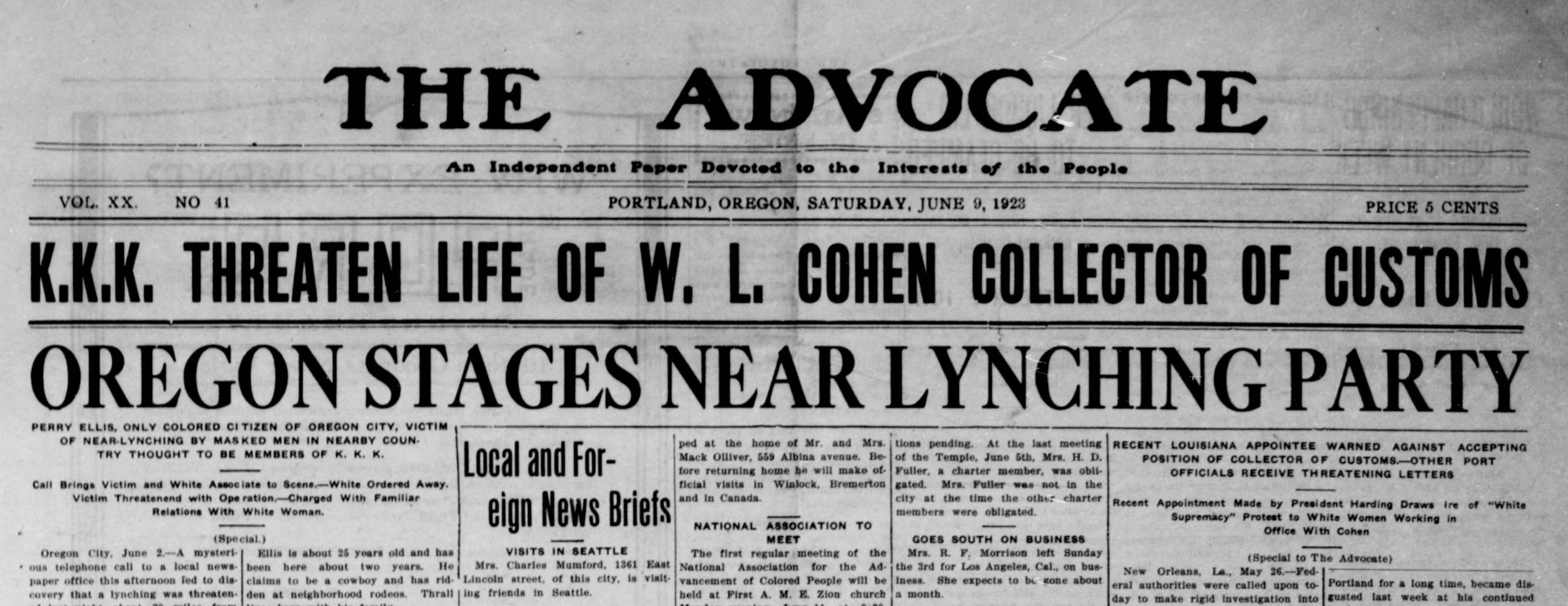Not known Facts About News Articles
Not known Facts About News Articles
Blog Article
The Basic Principles Of News Articles
Table of ContentsSee This Report on News ArticlesThe Only Guide for News ArticlesThe Ultimate Guide To News Articles9 Easy Facts About News Articles ExplainedExcitement About News Articles
Good knowledge of various subjects gives students an one-upmanship over their peers. Also though electronic and social networks are readily accessible, we must not fail to remember just how crucial it is to review the newspapers. Parents must attempt and instill the habit of reviewing a paper as a day-to-day regimen to continue the legacy of the adored print medium.Newspaper article also consist of a minimum of among the adhering to vital features about the designated audience: distance, prestige, timeliness, human interest, oddity, or repercussion. The relevant term journalese is in some cases utilized, usually pejoratively, to refer to news-style writing. One more is headlinese. Newspapers usually follow an expository writing design.
Within these limitations, information stories also intend to be thorough. Amongst the bigger and much more recognized newspapers, justness and balance is a significant factor in presenting details.
Papers with a worldwide audience, for example, often tend to utilize a much more formal style of writing. The certain selections made by an information electrical outlet's editor or content board are frequently collected in a design overview; usual design guides include the and the US Information Style Publication. The main goals of news writing can be summed up by the ABCs of journalism: precision, brevity, and clearness.
Not known Details About News Articles
As a rule, journalists will not make use of a long word when a brief one will certainly do. News writers try to stay clear of using the very same word more than as soon as in a paragraph (sometimes called an "echo" or "word mirror").
Nonetheless, headlines in some cases omit the subject (e.g., "Leaps From Boat, Catches in Wheel") or verb (e.g., "Cat woman fortunate"). A subhead (additionally subhed, sub-headline, subheading, subtitle, deck or dek) can be either a subordinate title under the major heading, or the heading of a subsection of the write-up. It is a heading that comes before the main message, or a team of paragraphs of the main message.

of a short article topic, source, or interviewee), it is described as a drawn quote or pull quote. Added signboards of any one of these kinds may show up later on in the write-up (specifically on subsequent pages) to lure additional reading. Journalistic sites often make use of computer animation methods to exchange one signboard for one more (e.g.
The Of News Articles
Such signboards are additionally made use of as reminders to the write-up in other sections of the publication or site, or as promotions for the item in other publication or websites. News release of the Swiss federal government. Regular structure with title, lead paragraph (recap in bold), various other paragraphs (details) and contact information.

Example of a hard-lead paragraph NASA is suggesting one more space job. The budget demands roughly $10 billion for the project.
An "off-lead" is the 2nd most important front web page news of the day. To "hide the lead" is to start the post with background details or details of additional importance to the viewers, forcing them to check out even more deeply into a short article than they should have to in order to find the essential factors.
The 5-Minute Rule for News Articles
Common usage is that one or 2 sentences each develop their very own paragraph. Reporters normally explain the organization or framework of an information tale as an inverted pyramid. The necessary and most intriguing elements of a story are put at the start, with sustaining info complying with in order of reducing significance.
It enables individuals to check out a topic to only the depth that their inquisitiveness takes them, and without the charge of information or nuances that they could consider unimportant, but still making that information available to more interested readers. The inverted pyramid framework likewise allows write-ups to be trimmed to any approximate size during format, to suit the area available.
Some writers begin their stories with the "1-2-3 lead", yet there are several kinds of lead offered. This layout invariably starts with a "Five Ws" opening up paragraph (as explained above), followed by an indirect quote that serves to sustain a significant component of the very i thought about this first paragraph, and after that a direct quote to sustain the indirect quote. [] A kicker can refer to several things: The last tale in the news program; a "satisfied" story to finish the show.
Longer articles, read the full info here such as magazine cover posts and the pieces that lead the inside areas of a newspaper, are recognized as. Feature stories differ from straight information in several means.
News Articles Can Be Fun For Everyone
An attribute's first paragraphs typically connect an appealing moment or event, as in an "unscientific lead". From the particulars of a person or episode, its view quickly widens to generalities concerning the tale's topic.

The Editor's Toolbox: A Referral Guide for Beginners and Professionals (2001) Allan M. Siegal and William G. Connolly. The New York City Times Guidebook of Style and Use: The Official Style Overview Used by the Writers and Editors of the World's The majority of Authoritative Paper (2002) M. L. Stein, Susan Paterno, and R.
Report this page